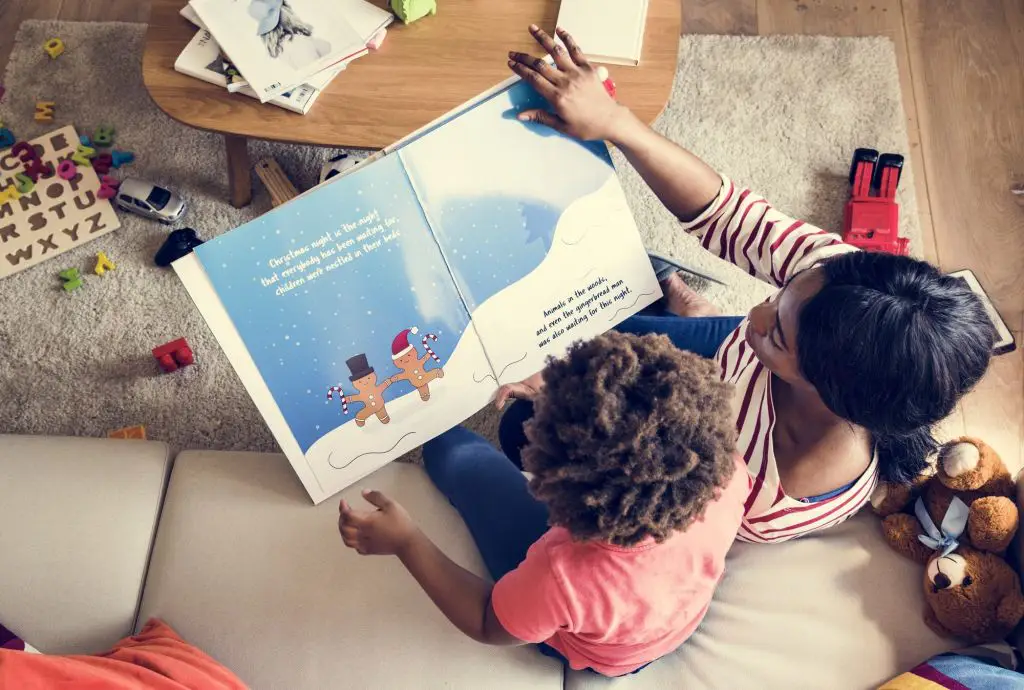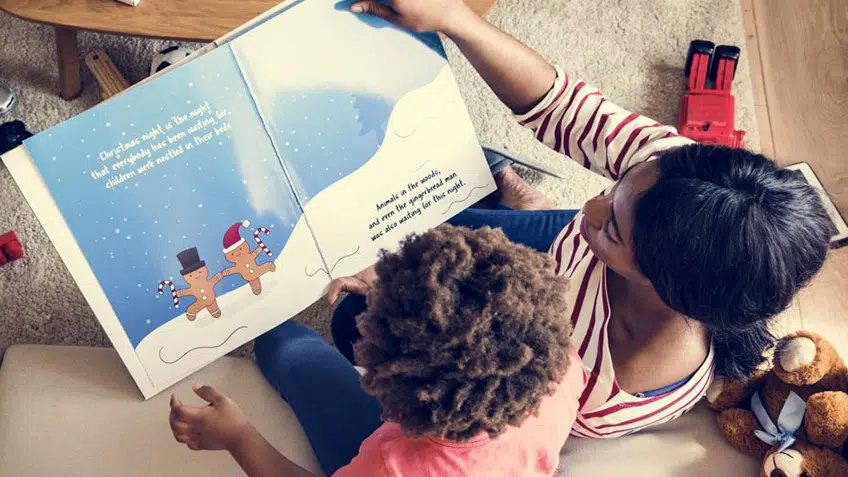It is often said that learning is a continuous process, and as we live everyday, we learn. In spite of the various innovative ways being sporadically created to aid learning, storytelling as a tool for learning remains unwaveringly effective. Without doubts, learning is virtually something we can’t do without or avoid, and one that is highly beneficial to us and essential to our very existence as humans.
How Learning Occurs?
You can learn things either formally or informally, and whichever way you choose, it will leave a lasting impression in your life. Learning is one way to remain relevant in today’s society, as you will be able to keep up with up-to-date trends, thus ensuring you remain valuable.
Also, learning helps prepare for unexpected situations and aids learning of new skills easily in a change of industry. It also boosts your career profile as a whole, which helps you attract recommendations from both near and far.
Furthermore, if you learn new things, you will feel a sense of accomplishment and belonging, which further boosts your confidence in taking on challenges and adapting to a new environment (take for example, moving to a new country, you will have to learn their language to be more at ease).
Over the years, different methods of learning have been used to teach children in schools and adults alike, such as visual, auditory, etc., but one that has stood out and proved the most effective when examined is “storytelling.”

How Storytelling Enables Learning?
1. Stories are relatable:
Storytelling as a tool for learning has defined education, and this should come as no surprise, for storytelling is considered an innate human behaviour. It has been around for a long period of time, plus it is the easiest way to communicate and explain things in a more meaningful manner.
Storytelling captures almost everything about life and society, about people, and you as an individual. It is so unique that it helps the learner understand more and develop the needed appreciation and respect for other cultures.
Storytelling as a tool for learning also offers the needed insights into different traditions and makes one empathize with people, situations and places. The feeling of relaxation and well-being can also be promoted through storytelling. As it also increases the learner’s willingness to communicate hidden thoughts and feelings, and in this process encourages active participation via verbal proficiency.
Storytelling as a tool for learning, when used properly, helps create a sense of connection between the teacher and the learner, and in the process, builds up familiarity and trust, thus making learning a much easier process.
2. Every type of learner benefits from it:
With storytelling, ideas which seem complex are more easily understandable, and storytelling as a tool for learning, has that unique factor, for it is not limited to a particular set of learners, accordingly, all and sundry will understand what is been thought through storytelling. No matter the type of learner you are, be it visual, auditory or kinaesthetic, storytelling as a tool for learning remains effective.
In any setting, studies have shown that at least forty percent are most likely to be visual learners, who learn through diagrams, illustrations or videos, and storytelling as a tool for learning for these set of people helps evoke mental pictures into the minds.
Another forty percent are most likely to be auditory learners, who learn through discussions and lectures, and in the course of using storytelling for these set of learners, such learners focus on the voice and words of the storyteller to be a part of the story.
For the remaining twenty percent, they tend to be kinaesthetic learners, who learn through feelings and emotions by experiencing them, and storytelling as a tool for learning helps them remember connections and feelings from the story being told.
Storytelling as a tool for learning can help learners identify with the story being told, as they are most likely to express feelings of joy, frustrations and pain from the story. When a story is being told, one can enter into an adventurous setting as the mind will be opened to various possibilities, thus making learning a much more understandable process.
3. Top-notch engagement:
The engagement storytelling creates is second to none, as even the busiest of people can stop to listen to a story or even tell one. This is why people read novels and gossip magazines as they are drawn to the stories in them. They watch movies for that helps people get a peek into the lives of others. After all, the human brain is drawn towards stories. Also, stories are most likely to be shared amongst members of the society, as compared to just lectures and can easily be passed from one source to the other. Storytelling as a tool for learning helps give meaning to raw data. It also instils the right morals and virtues in people, and helps improve listening skills. Learners do not want to miss out on any part when a story is being told.
Storytelling can also inspire curiosity for once a good story is told, listeners will ask questions, think about it , and even make connections with their own lives. Some things that are integral in the process of growth, learning and development.

